Hello Hanbok
Have you ever wondered what it would be like to step into a world where tradition meets contemporary flair?
Hello Hanbok beckons with a captivating blend of history and style. The allure of this cultural phenomenon goes beyond mere fashion; it delves into the very essence of Korean identity.
As visitors explore the intricate details and vibrant hues of Hanbok, they are not just donning a garment but seeing a centuries-old legacy.
Curious to uncover more about the timeless elegance and cultural significance of Hanbok?
Key Points
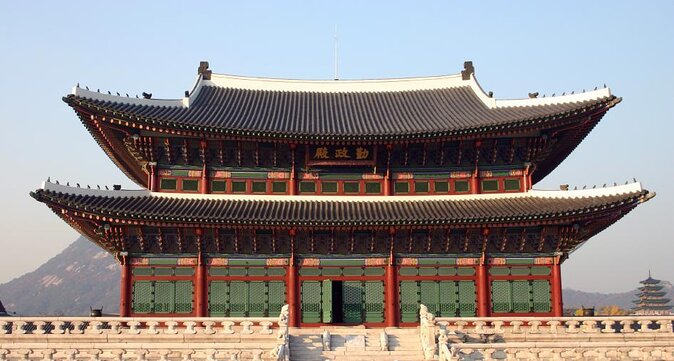
- Hanbok blends traditional elegance with modern trends for a unique style statement.
- Colors and fabrics in Hanbok symbolize cultural meanings and social significance.
- Accessories like Norigae and Binyeo add intricate details and charm to the attire.
- Observing Hanbok etiquette enhances the cultural experience and shows respect for tradition.
History of Hanbok
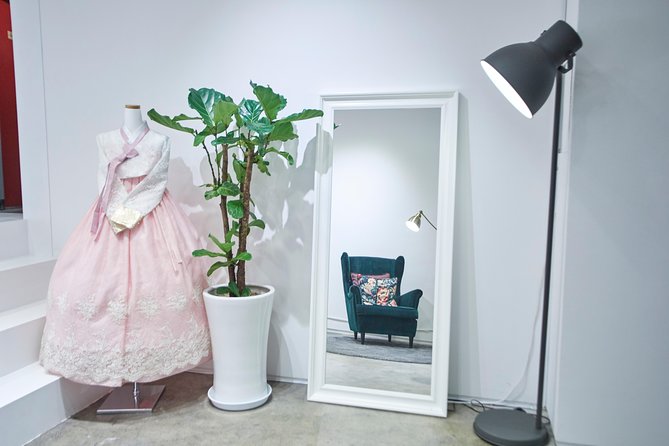
With a rich and storied past dating back centuries, the history of Hanbok, the traditional Korean attire, is a fascinating journey through time. Hanbok has evolved significantly over the years, influenced by various factors such as social status, climate, and cultural exchanges with neighboring countries.
Initially, Hanbok was designed for ease of movement and reflected the Confucian values of modesty and practicality. The evolution of Hanbok saw changes in styles and fabrics, adapting to the needs of different eras. Influences from China and Mongolia can be seen in early Hanbok designs, while the Joseon Dynasty brought about more standardized styles.
Understanding the history of Hanbok provides insight into the cultural significance and symbolism embedded in this beautiful traditional attire.
Hanbok Fabric and Designs
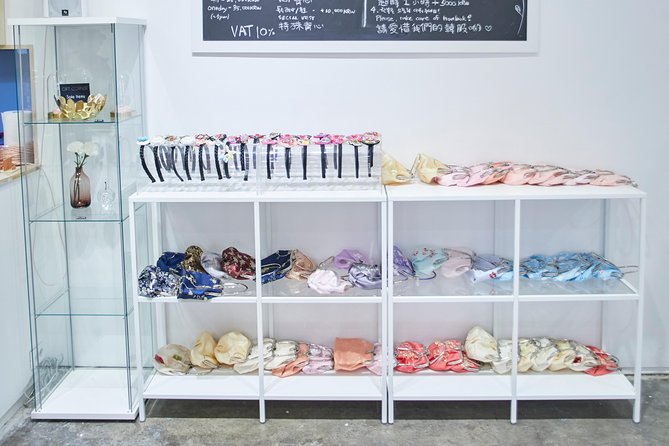
The evolution of Hanbok fabric and designs showcases a captivating blend of tradition and innovation, reflecting the intricate craftsmanship and cultural aesthetics of Korean attire. Hanbok fabrics vary, with silk being a luxurious choice for formal occasions, while cotton and hemp are preferred for everyday wear due to their durability. Color symbolism plays a significant role in Hanbok designs, where each color holds deep meaning. For instance, white symbolizes purity and solemnity, while red represents passion and good fortune. The combination of fabric types and color choices in Hanbok designs creates a harmonious visual storytelling that connects wearers to Korean traditions and beliefs.
| Fabric Types | Color Symbolism |
|---|---|
| Silk | White (purity, solemnity) |
| Cotton | Red (passion, good fortune) |
| Hemp | Blue (harmony, peace) |
Modern Hanbok Trends
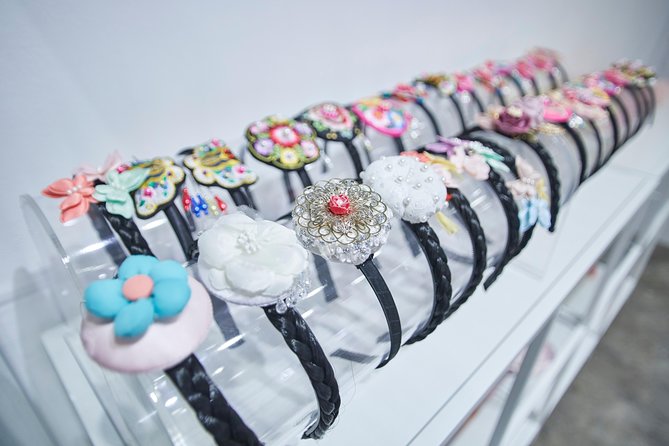
Exploring the latest trends in Hanbok fashion reveals a dynamic fusion of contemporary style with traditional Korean elements.
-
Innovative Silhouettes: Designers are reimagining the classic Hanbok silhouette, incorporating modern cuts and shapes to create a fresh look.
-
Bold Color Combinations: Traditional Hanbok colors are being mixed and matched in new ways, resulting in vibrant and eye-catching ensembles.
-
Mixing Textures: Experimentation with different fabrics and textures is a growing trend, adding depth and interest to Hanbok outfits.
-
Minimalist Hanbok: A minimalist approach to Hanbok styling is gaining popularity, focusing on clean lines and simple yet elegant designs for a contemporary twist on this traditional attire.
Hanbok Accessories

Hanbok accessories play a crucial role in enhancing the overall aesthetic and cultural significance of the traditional Korean attire. Traditional accessories such as Norigae (decorative tassels), Binyeo (hairpins), and Danghye (belt) are key elements that complement the hanbok’s elegance.
Norigae, often adorned with intricate designs and symbols, can be attached to the jeogori (jacket) for a touch of sophistication. Binyeo, crafted in various styles and materials, adds a charming flair to the hair when worn with the hanbok. Danghye, a decorative belt, not only cinches the waist but also acts as a statement accessory.
When styling a hanbok, incorporating these traditional accessories thoughtfully can elevate the outfit and showcase the rich heritage of Korean culture.
Hanbok Wearing Etiquette
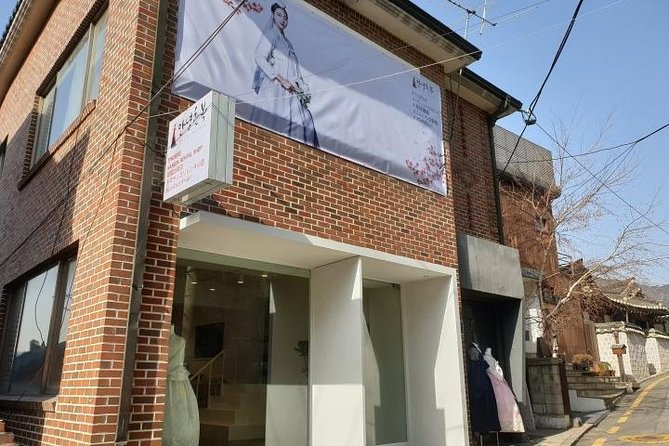
With a nod to tradition and a touch of modernity, understanding the proper etiquette for wearing hanbok can enhance your cultural experience in South Korea.
-
Traditional Customs: When wearing hanbok, it’s important to show respect for traditional customs by ensuring that the skirt of the hanbok isn’t lifted too high while walking.
-
Cultural Norms: Observing cultural norms includes being mindful of the colors of the hanbok. Brighter colors are typically worn by younger individuals, while more subdued tones are preferred by older individuals.
-
Proper Bowing: Another important aspect of hanbok etiquette is the appropriate way to bow while wearing this traditional attire.
-
Footwear: Pay attention to the type of shoes worn with hanbok, as certain styles are more suitable for different occasions.
Hanbok Rental Services
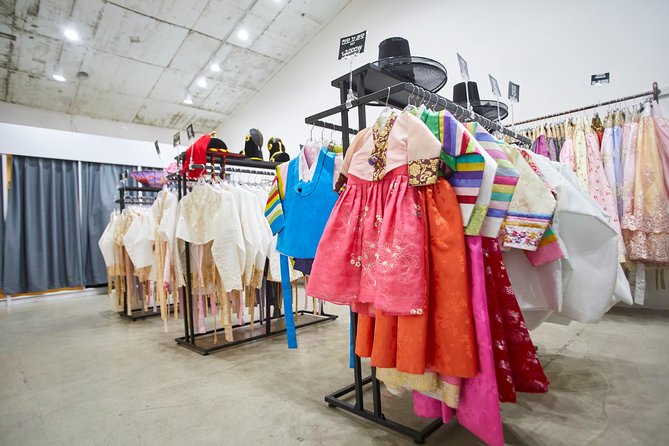
For those looking to enjoy traditional Korean culture, renting a hanbok can provide an authentic and memorable experience. Hanbok rental services offer a convenient way for visitors to don this beautiful traditional attire and explore Korean fashion firsthand. Below is a comparison table of some popular hanbok rental services in Seoul:
| Rental Service | Location |
|---|---|
| Hanboknam | Insadong |
| Oneday Hanbok | Bukchon Hanok Village |
| Hanbok Rental Shop | Gyeongbokgung Palace |
Each of these services offers a wide selection of hanbok designs and accessories, allowing individuals to choose a style that resonates with them. By opting for hanbok rental, travelers can not only partake in an age-old tradition but also blend in seamlessly with the local culture.
Hanbok Cultural Significance
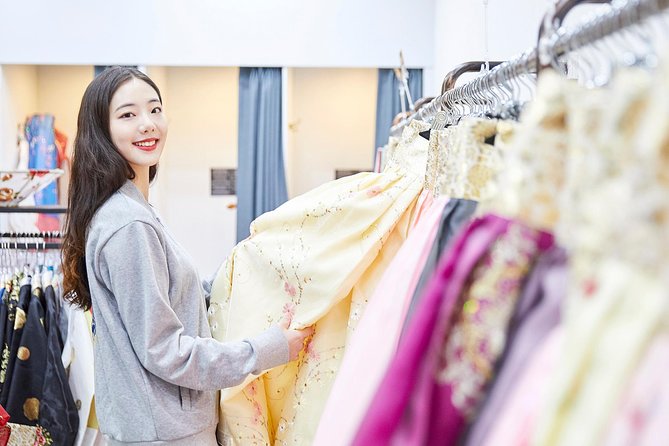
Immersing oneself in traditional Korean culture through hanbok rental services not only offers a unique opportunity to experience the country’s rich heritage but also provides insight into the cultural significance of this elegant attire. Hanbok, as a traditional attire, holds immense importance in Korean fashion and society. Here are some key points to understand its cultural significance:
-
Symbolism: Hanbok designs often incorporate symbols representing wealth, good fortune, and longevity.
-
Social Hierarchy: The colors, materials, and accessories of hanbok historically signified the wearer’s social status.
-
Ceremonial Wear: Hanbok is commonly worn during traditional ceremonies and celebrations, emphasizing its cultural value.
-
Modern Influence: Despite changes in Korean fashion, hanbok continues to be revered and adapted, showcasing its enduring cultural relevance.
Common questions
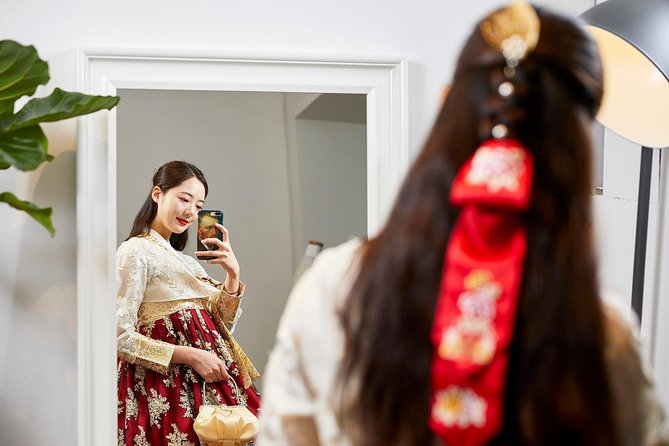
How Long Does It Take to Put on a Hanbok?
Putting on a hanbok typically takes about 10-20 minutes for most individuals. The intricate design and traditional elements of hanbok history make it a unique process. Hanbok fashion trends continue to evolve, blending modern and traditional styles seamlessly.
Are There Specific Colors or Patterns That Are Traditionally Worn for Certain Occasions?
Specific colors and patterns in Hanbok hold deep significance. Red symbolizes joy, blue represents peace, and yellow signifies royalty. Stripes symbolize harmony, while flowers embody beauty. Colors and patterns are chosen based on the occasion, reflecting tradition and cultural values.
Can Hanboks Be Tailored or Customized to Fit Individual Preferences?
Customization options for hanboks vary, allowing alterations to fit individual preferences. Fabric choices and design preferences can influence the tailoring process. Customers can often request modifications based on personal style, ensuring a unique and personalized garment.
Are There Any Superstitions or Beliefs Associated With Wearing a Hanbok?
There are several taboos associated with wearing a Hanbok due to its cultural significance. In Korean tradition, wearing a Hanbok with mismatched socks is considered unlucky. Hanbok colors also hold symbolic meanings in various ceremonies.
Is There a Specific Way to Care for and Clean a Hanbok to Ensure Its Longevity?
When caring for a hanbok, hand washing and air drying are recommended to maintain its longevity. For stain removal, gentle spot cleaning is advised. Proper storage tips include hanging the garment in a cool, dry place.
Last Words
Discover the beauty and history of Korean tradition with Hello Hanbok. From its intricate designs to vibrant colors, Hanbok represents the rich cultural heritage of South Korea.
Whether for special occasions or to simply embrace Korean fashion, Hello Hanbok offers a unique experience to learn about the allure of this iconic garment.
Explore the world of Hanbok and uncover the significance it holds in Korean society. Embrace the elegance and charm of Hanbok with Hello Hanbok today!